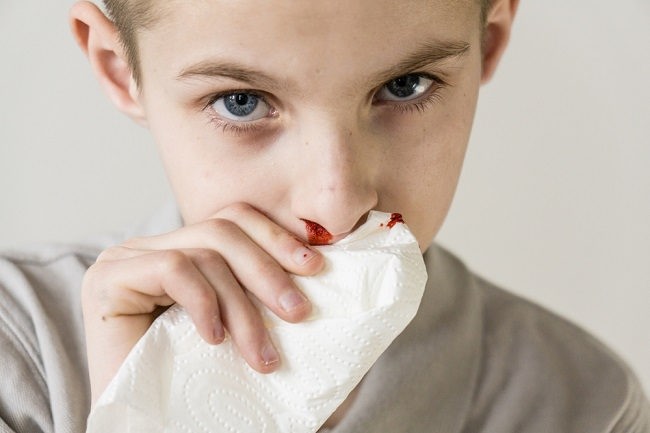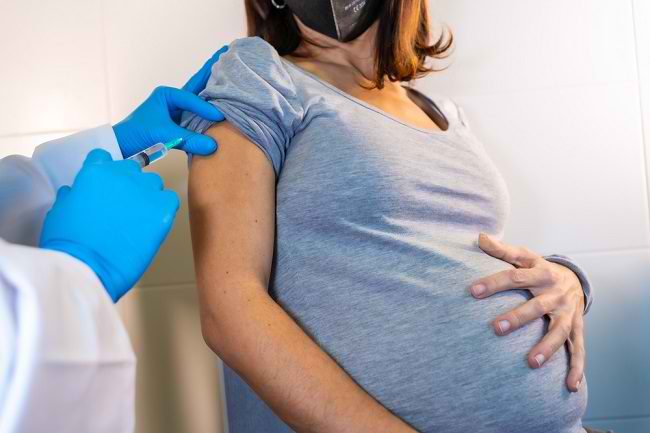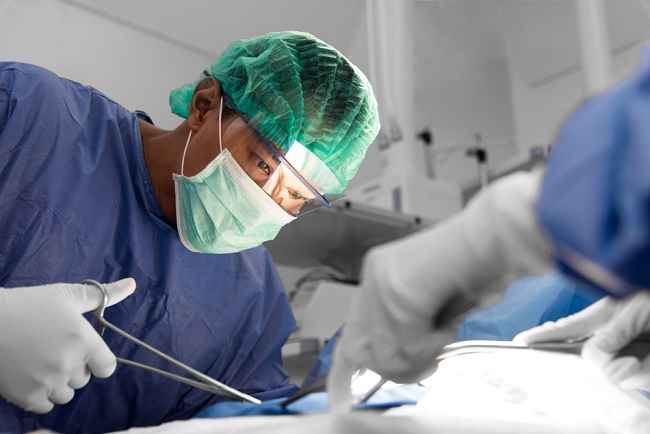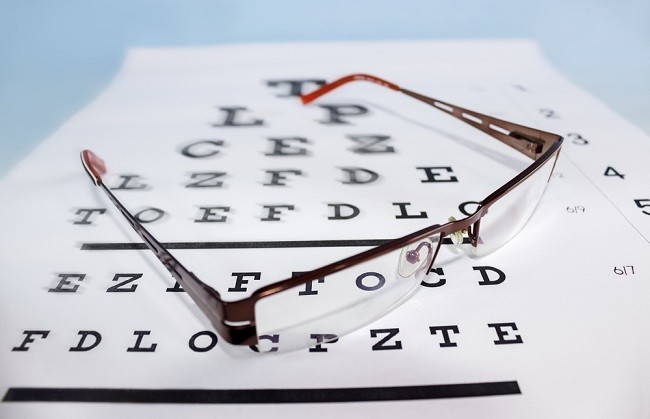Dermatofibrosarcoma protuberans (DFSP) is a rare type of skin cancer that begins in the connective tissue cells in the middle layer of the skin (dermis). This cancer initially looks like a bruise or wound which later develops into a lump on the surface of the skin. DFSP usually appears on the trunk, legs and arms.

This skin sarcoma tumor can be experienced at any age, but most often occurs in men aged 20 to 59 years, DFSP growth tends to be slow and rarely spreads to other parts of the body. Therefore, this cancer has a higher chance of recovery after treatment. But if left untreated, this cancer will grow into the layer of fat, muscle, or bone so it will be more difficult to treat. The main treatment for DFSP cases is a surgical procedure, but the risk of postoperative relapse remains high.
Symptoms of Dermatofibrosarcoma Protuberans
The early symptoms of dermatofibrosarcoma protuberans are often overlooked and appear in the form of:
- Thickening of the skin (plaque) on the skin.
- The surface of the skin feels supple or hard to the touch.
- The surface of the skin is brownish red,
- Bumps that grow like pimples on the skin.
- skin feels rough,
- The lump is not painful.
These early symptoms can develop over several months to several years, but in pregnant women they tend to develop more quickly.
In its development, lumps appear on the surface of the skin with signs:
- The growth of the lump makes the skin more stretched.
- The skin at the site of the bump may crack and bleed.
- Skin color becomes blue or red in children and reddish brown in adults
- The size of the lump is from 0.5 to 25 cm in diameter.
Most lumps grow on the body, such as the shoulder and chest area, but a small number can grow on the legs, head, or neck area. Symptoms are more severe when the cancer becomes a larger lump.
Causes of Dermatofibrosarcoma Protuberans
Until now, the cause of dermatofibrosarcoma protuberans has not been determined. DFSP often occurs after severe skin injuries, burns or surgical scars, and occurs in patients who have received frequent radiotherapy. In tumor cells, including in the case of DFSP, abnormal chromosomes were found which resulted in the merging of genes that promoted the growth of these tumor cells.
Diagnosis of Dermatofibrosarcoma Protuberans
The diagnosis of dermatofibrosarcoma protuberans begins with a physical examination, especially looking at the condition of the lump area. To be sure, the doctor can perform a series of examinations, including:
- MRI examination. This examination is carried out using a special tool with magnetic waves, to see an overview of the extent of the cancer in order to determine the course of treatment.
- Skin biopsy. Performed by taking a sample of skin tissue and will be examined in the laboratory, to determine the presence of cancer cells.
- Chromosomal examination. This examination is to detect abnormal genes in cancer cells.
Treatment of Dermatofibrosarcoma Protuberans
The main treatment for dermatofibrosarcoma protuberans is a surgical procedure to remove cancer cells. The surgical procedures that can be performed are:
- Excision surgery. This procedure is performed to remove cancer in the skin and the surrounding healthy skin tissue. This procedure is done to make sure all the cancer cells are removed.
- Mohs Surgery. This surgical technique is done by removing cancer cells and a little healthy tissue around them. With Mohs surgery, doctors remove less tissue than surgical excision techniques. The doctor then examines the edges of the cut tissue with a microscope to make sure there are no more cancer cells left.
- Radiation therapy or radiotherapy.Therapy uses special rays to kill cancer cells and is performed when the layer containing cancer cells cannot be completely removed through a surgical procedure.
- Targeted therapy. Giving this drug can also prevent serious damage to healthy (non-cancerous) cells. However, this drug can only work effectively in patients who have certain DNA. Therefore, DNA testing is needed before giving the drug to ensure the patient has the DNA. During the administration of this drug, the patient's condition also needs to be observed carefully.
In cases of very deep DFSP, reconstructive surgery is necessary to repair the wound caused by surgical removal of the cancer.
After treatment, patients need to be checked every 6 months for 5 years. A minority of cases of DFSP can reappear within 3 years of surgical removal of the cancer. Therefore, periodic post-treatment checks are highly recommended.









